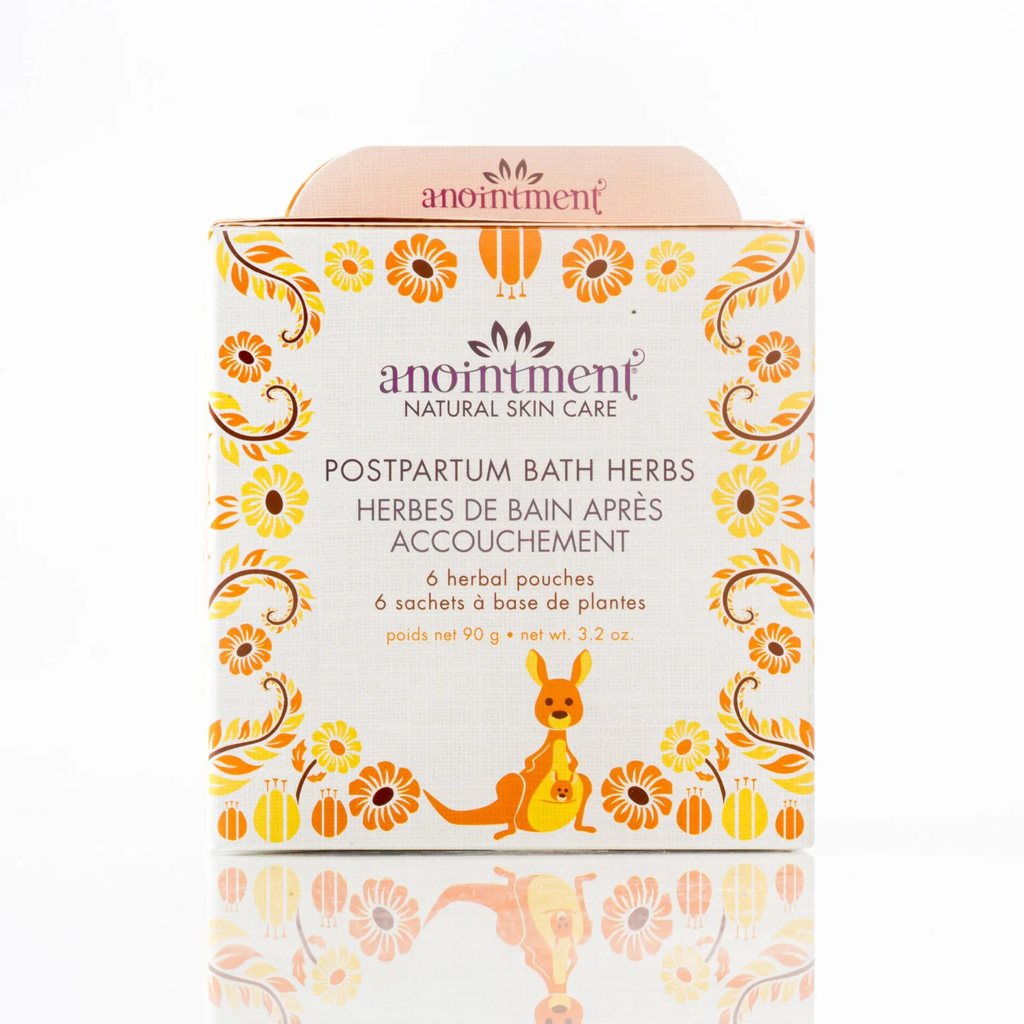Introduction
Anointment, a time-honored practice that has transcended centuries and cultures, holds a special place in the annals of human history. The act of anointing involves the application of oils, balms, or sacred substances to the body or objects, often accompanied by a ritualistic or religious significance. In this article, we’ll explore the rich history, cultural significance, and contemporary applications of anointment.

Historical Origins
The origins of anointment can be traced back thousands of years to various civilizations across the globe. In ancient Egypt, for instance, the practice of anointing was deeply intertwined with religious ceremonies and mummification. Priests and pharaohs would anoint themselves with aromatic oils as part of their spiritual rituals, believing it connected them with the divine.
Similarly, in ancient India, anointment played a crucial role in Ayurvedic medicine and religious ceremonies. Oils and herbal concoctions were used not only for physical healing but also for purifying the mind and spirit. The sacred texts of Ayurveda contain detailed instructions on the preparation and application of anointing oils.
Religious Significance
Throughout history, various religions have incorporated anointment into their rituals and traditions. In Christianity, anointing with holy oils is a sacrament known as “Anointing of the Sick” or “Extreme Unction.” This practice is intended to bring spiritual and physical healing to those who are ill or facing the end of their earthly journey.

In Hinduism, the act of anointing deities and devotees with sacred oils during puja (worship) ceremonies is a common practice. It is believed that anointment is a way to invite divine blessings and purify the soul.
In Judaism, anointment was used to consecrate priests and anoint kings, emphasizing the importance of divine selection and empowerment in leadership.
Cultural Practices
Beyond religious contexts, anointment has been a part of various cultural practices worldwide. Traditional Chinese medicine often incorporates the use of medicated oils for massages and healing purposes. Indigenous tribes in the Americas used herbal anointments for healing and as a form of protection against negative energies.
African cultures have a rich history of anointment, using oils and balms for rituals, protection, and beautification. These practices are often passed down through generations, connecting the present with ancestral wisdom.
Modern Applications
In the modern world, anointment has found its place not only in religious and cultural practices but also in holistic wellness and self-care. Aromatherapy, a branch of alternative medicine, utilizes essential oils for their therapeutic properties. These oils are often applied through massage or diffusion, offering relaxation, stress relief, and improved mental well-being.
In the realm of skincare, anointment with natural oils and serums has gained popularity. People seek to nourish their skin with botanical ingredients, emphasizing the importance of self-care and self-love rituals.
Conclusion
Anointment, with its deep historical roots and cultural significance, continues to be a powerful practice in our contemporary world. Whether it’s for spiritual, therapeutic, or self-care purposes, the act of anointing serves as a reminder of our connection to ancient traditions and the healing power of nature’s resources. As we explore new frontiers in wellness and spirituality, anointment remains a timeless and cherished practice that enriches our lives.



